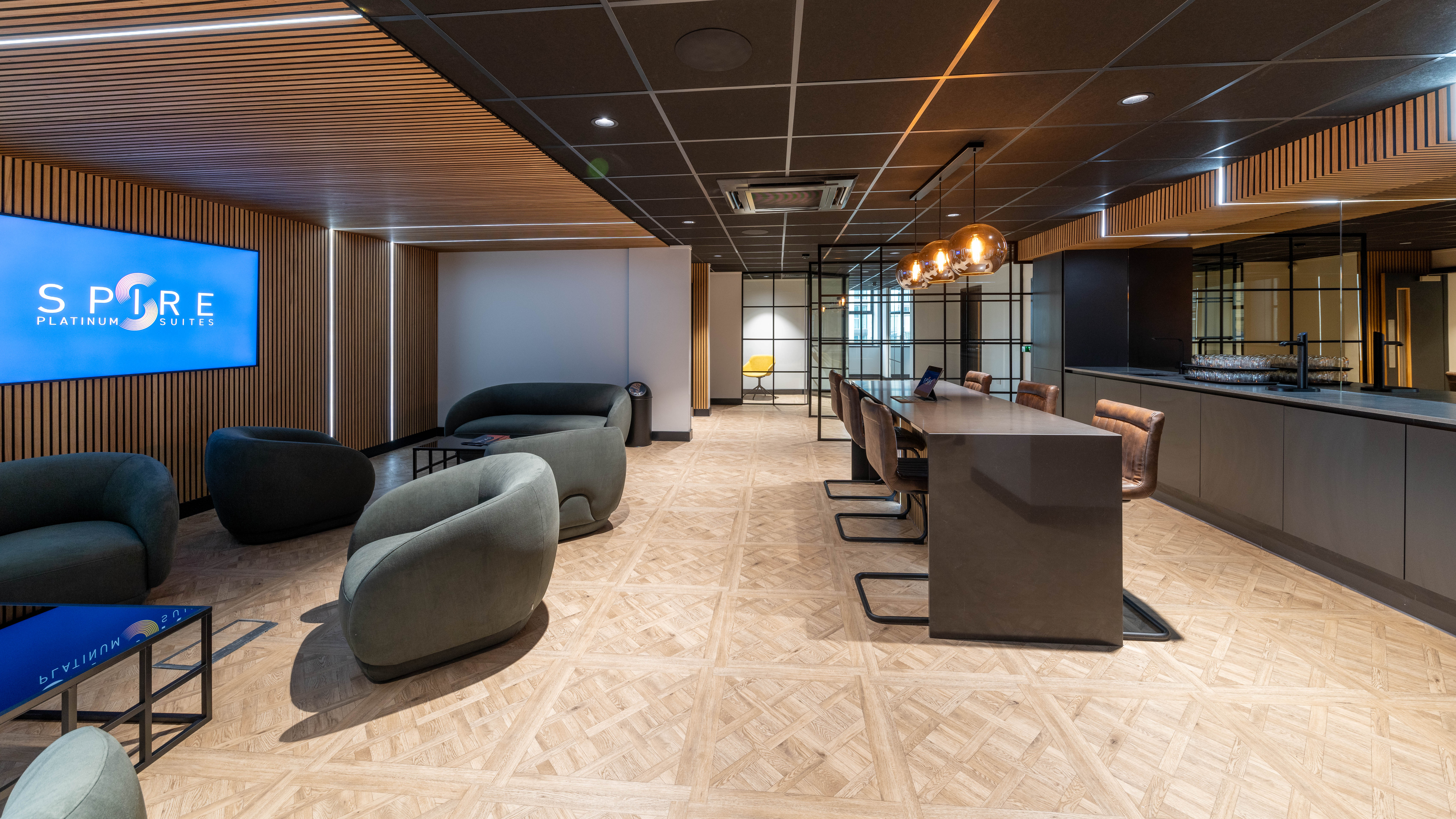Recently, Central Space undertook a significant regeneration effort for Spire, a historic landmark building in Newcastle upon Tyne, transforming it into a model of sustainable development and architectural preservation. The project focused on integrating modern energy-efficient features while retaining the building’s unique character and history. As a result, tenants can now experience the conveniences of elegant contemporary office space with improved insulation, efficient heating and cooling systems, and high-quality windows, all within a space that blends tradition with innovation.
The significant investment not only reduced operating costs and enhanced the aesthetic appeal of Spire but also contributed to resource efficiency, carbon footprint reduction, and the preservation of Newcastle’s cultural and architectural heritage. Through careful planning and innovative solutions, Central Space successfully navigated the challenges of balancing preservation with efficiency, demonstrating the potential of historic buildings to meet, and even exceed, current energy efficiency standards.
Buildings in England with a low energy rating, such as an ‘A’ or ‘B’ rating on the Energy Performance Certificate (EPC), play a significant role in promoting sustainability, enhancing living conditions, and reducing environmental impact. Spire, with its ‘B’ energy rating, exemplifies the advantages such buildings offer for tenants and the environment.
Benefits for Tenants and the Environment
1. Blending Tradition with Modern Comfort: Tenants get to experience the character and history of an older building while enjoying the comforts of modern energy-efficient features. This can include improved insulation, efficient heating and cooling systems, and high-quality windows, all contributing to a more comfortable and sustainable living or working environment.
2. Reduced Operating Costs: Despite the building’s age, the high energy rating ensures that tenants will benefit from reduced energy bills due to the implemented energy-saving measures.
3. Reduced Carbon Footprint: Energy-efficient buildings consume less fossil fuel for heating, cooling, and power, leading to lower carbon emissions. This is crucial in the fight against climate change and for achieving national and global carbon reduction targets.
4. Conservation of Resources: By using less energy, these buildings also reduce the demand on natural resources, contributing to the conservation of these resources for future generations.
5. Enhanced Indoor Air Quality: High energy ratings often come with better ventilation and air tightness standards, which can improve indoor air quality. This reduces the risk of mould, dampness, and indoor air pollutants, contributing to a healthier living or working environment.
One of the main challenges in refurbishing older buildings for energy efficiency is finding ways to integrate modern systems without compromising the building’s historical integrity or architectural features.
However,the renovation of Spire has proven to be a remarkable achievement. Its unique architectural charm has been preserved while the modernisation has endowed it with a distinctive and appealing aesthetic that might be absent in newer buildings.
Conclusion
The Spire building’s achievement in reaching a ‘B’ energy rating despite being an older structure is a testament to the potential for historic buildings to contribute to a sustainable future. It demonstrates that with thoughtful refurbishment, older buildings can meet or even exceed current energy efficiency standards, providing comfortable, attractive, and environmentally friendly spaces for tenants.

